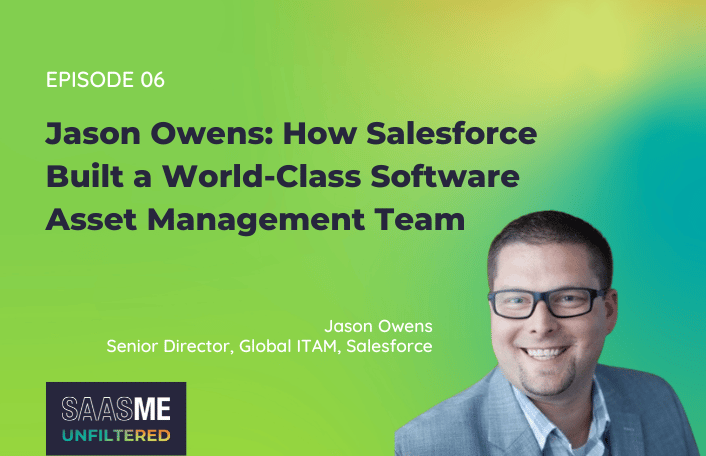
Jason Owens: How Salesforce Built a World-Class Software Asset Management Team
Table of Contents ToggleEpisode SummaryGuest SpotlightEpisode HighlightsCreate a Program that Pays...
Back
Back
Search for Keywords...
Blog
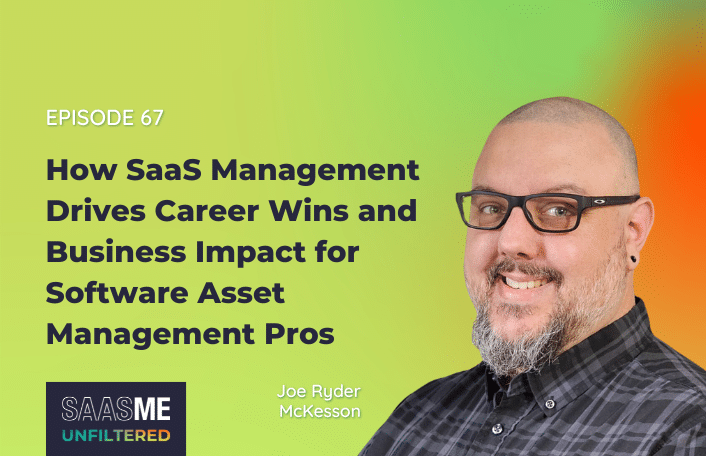
07/18/2024
Table of Contents
SaaS has shaken up the world of software and the lives of software asset management professionals everywhere. While it is daunting to wrap your arms around, SaaS is a gift in disguise – presenting SAM pros the opportunity to uplevel their careers. In fact, Joe Ryder, Senior Manager, Software Asset Management at McKesson, believes SAM has evolved to be a critical and strategic function in the enterprise. In this episode, Ryder reveals how software asset management pros can adapt their strategy to the cloud model, what they need to do differently when it comes to SaaS, and his prediction for what SAM looks like in five years.
Software Asset Management (SAM) was built upon the management of audit risk via on-premises licensing overages. With the rise of the Cloud and Software as a Service (SaaS), that focus has broadened – including ongoing license management, renewals, and cost savings.
It’s now incumbent upon SAM pros to re-evaluate how they’re managing software holistically.
“We have to be a lot more diligent in terms of knowing our products, knowing the licensing models, keeping up to date, but at the same time have to know investment risk management. We need to know corporate finance,” said Joe Ryder, Senior Manager, Software Asset Management at McKesson.
Despite the career and business opportunity SaaS Management brings, there are still SAM pros reluctant to jump on board.
From Ryder’s experience, “There’s definitely some self-imposed barriers and artificial barriers [to adopting SaaS Management]. ”
Read on to learn how Software Asset Management can usher in this new era of software management and level up their careers.
Name: Joe Ryder
What he does: Senior Manager, Software Asset Management at McKesson
Connect with Joe online: LinkedIn
4 Need-to-Know SaaS Stats for Software Asset Management
Learn More“There’s a lot of change in the market in terms of going with different licensing models, different ways of delivery. Regionality has also been changing over the last several years due to GDPR and some other cloud items, and then there’s this whole market of AI that’s emerging. We’re doing a lot of metamorphosis into something different, if you would, in terms of we need to know a lot more. We need to know how that licensing actually carries over from vendor to vendor, because even in the same functionality categories, those different vendors actually do supply their licensing a little differently. … We have to be a lot more diligent in terms of knowing our products, knowing the licensing models, keeping up to date, but at the same time have to know investment risk management. We need to know corporate finance. We need to know how these things are actually managed as an asset within our environment, because decision-making is pretty dynamic within organizations.”
“There’s definitely some self-imposed barriers and artificial barriers there. There’s a lot of risk in the tier one vendors. They’re just not really focused on a lot of the smaller vendors that are out there and realizing that that long tail of spend ends up being a lot more impactful if you take that as a whole, than these larger vendors that have a larger spend with that one vendor. So there’s just an attention suck from those very risky, very large contracts where they’re not able to pivot over to the smaller ones.
They also just see that this is probably headcount- based if you take it at the surface. So somebody needs a SaaS tool, they’re going to look at, ‘What’s my headcount? If I need this for everybody, I’m just going to focus on new hire rates. I’m going to focus on hiring and firing. That’s going to be as much as I can do.’ But if they actually look at it, there are ways to optimize SaaS as an asset that basically can be given to anybody, but for specific reasons. So you have things like Asana or other vendors that have specific niche use cases, and as they go in and out of their job, they may use it, or they may not. Those aren’t really headcount-based. It’s definitely a different misconception.
But on top of that, they don’t want to be big brother, looking at everyone’s web traffic or understanding what their use case is of a certain tool that they might also use outside of work. Business owners think that they’re a lot closer to that hiring and firing, so they want to be the decision-makers. It just kind of runs a gambit, and it causes problems with adopting a SaaS management strategy.”
“The most common one that everyone talks about is, I found out that people were spending on their credit cards to get Sales Navigator or some other large contract that they thought that they had a good handle on, and they realized, ‘Oh my goodness, everyone’s expensing this stuff.’ That’s a very common issue, and I’ve run into it in my career. I know that many of the other people that I’ve talked to in the practitioner market, their issue is everyone’s spending everywhere. And to get their hands around it, they first of all have to get people off of that credit card spend so it is a manageable transaction, and it’s tied to your company as opposed to an individual. That process is so daunting and takes so much data that they start realizing they actually need a tool. They need something to help them through that process and understand exactly what they’re up against.”
“SAM needs to now start looking at AI rates and consumptions and tokens and things like that, that’s a brand- new thing for SAM. We’re not quite sure. In the market, I’ve not really heard very good answers on what’s the right way to manage that outside of FinOps, because really FinOps doesn’t have that visibility. They’re looking at infrastructure. They’re not looking at SaaS. They’re not looking at those consumption rates there, and there’s no tools to get those folks to actually monitor it. The question is, do we then put blanket POs and just hope for the best? I don’t think that’s a good approach. I think it really requires more hands-on monitoring, relationships with your admins, making sure that you have the right reporting from them on that consumption, and you’re able to put it into a tool or a tracking method of some sort in order to see that consumption over time and make the right decisions.”
“I think that there is definitely a partnership between FinOps managers and software asset management. I don’t see them merging. I don’t see them having a SAM practitioner within a FinOps space because it requires a lot more visibility to the software market than what FinOps is actually managing. Especially when we talk about how does SaaS play into that? Because there are plenty of platforms that we’re seeing now come out where you have a SaaS offering that is just completely user-facing and could be just through a web browser, but then it hooks into your private cloud, your hybrid cloud, and actually has a different method of monetizing that. You may look at that as well, this is just user-based at the surface of it, but FinOps then has to consider it when it’s taking workloads to and from an IS kind of a system. I see that being a good partnership and that’ll grow over time.”
“I do see that we’re going to have a lot more collaboration with architecture. I’m seeing so much more value in organizations where you have a strong enterprise architecture and solutions architecture relationship. I know that from my perspective and my history with the organizations I’ve worked for, we couldn’t do what we do without an architect’s perspective. We just don’t know enough about the apps to be able to rationalize them. We don’t know where we’re duplicating efforts other than other people telling us because we’re trying to get through the contracting, the licensing. I think having that relationship with architects that understand cloud better and understand even web traffic and exactly how things like AI that needs to be blocked because it’s not safe is actually handled.
The other piece of that I would say is making sure that we are aligned to security and actually have a seat at the table when security is trying to understand how to properly evaluate the software. From the cloud aspect, from the on-prem aspect, whatever, we’re able to use those relationships with our architects, with our business owners and start to translate exactly what the risks might be.”
2:33 – “We need to know how these things are actually managed as an asset within our environment, because decision-making is pretty dynamic within organizations.”
4:35 – “There’s definitely some self-imposed barriers and artificial barriers [to adopting SaaS Management]. ”
7:26 – “That process [of finding expense spending] is so daunting and takes so much data that they start realizing they actually need a tool.”
Check out other episodes here, Apple Podcasts, Spotify, or wherever you listen to podcasts.
ABOUT THE AUTHOR

Cory Wheeler
As Zylo’s Chief Customer Officer, Cory is responsible for helping our customers drive ROI and SaaS Management success with Zylo. He helps companies of all sizes effectively discover, optimize, and govern their SaaS through Zylo’s platform and services. Prior to founding Zylo, Cory spent 15 years in finance and procurement, managing categories and sourcing teams at Arthur Andersen, BearingPoint, and both Takeda and Astellas Pharmaceuticals. He built the procurement organization at ExactTarget, and managed the integration with the Salesforce Marketing Cloud procurement organization in 2015. He and his family reside in Indianapolis, IN, where they can be found cheering for the Purdue Boilermakers and Chicago Cubs.

Table of Contents ToggleEpisode SummaryGuest SpotlightEpisode HighlightsCreate a Program that Pays...
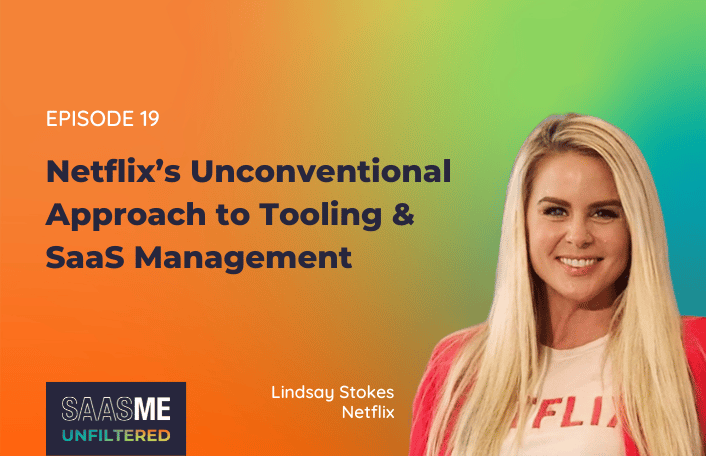
Table of Contents ToggleEpisode SummaryGuest SpotlightEpisode HighlightsHomegrown Tools Just Don’t Cut...
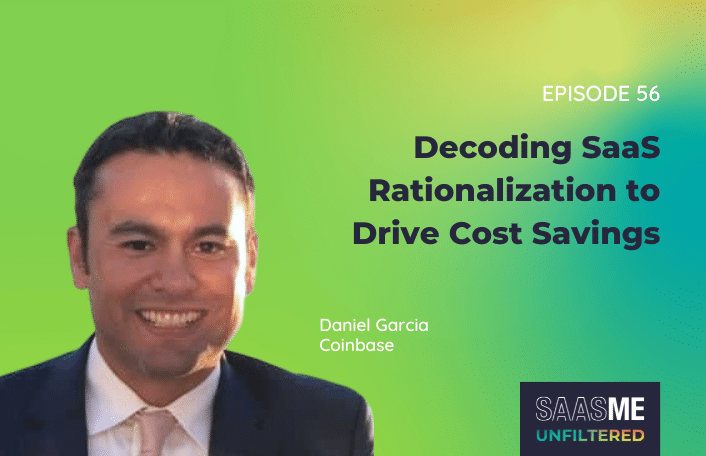
Table of Contents ToggleEpisode SummaryGuest SpotlightEpisode HighlightsSourcing Teams Are Key to...
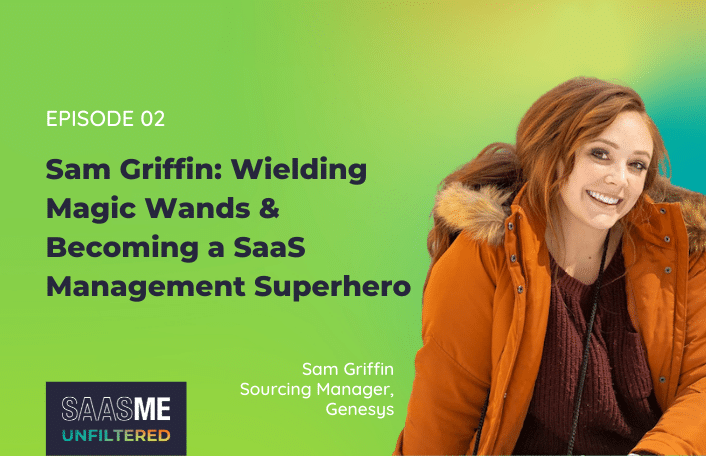
Table of Contents ToggleEpisode SummaryGuest SpotlightEpisode HighlightsSeeing the Spiraling Spend of...
| Cookie | Duration | Description |
|---|---|---|
| cookielawinfo-checkbox-analytics | 11 months | This cookie is set by GDPR Cookie Consent plugin. The cookie is used to store the user consent for the cookies in the category "Analytics". |
| cookielawinfo-checkbox-functional | 11 months | The cookie is set by GDPR cookie consent to record the user consent for the cookies in the category "Functional". |
| cookielawinfo-checkbox-necessary | 11 months | This cookie is set by GDPR Cookie Consent plugin. The cookies is used to store the user consent for the cookies in the category "Necessary". |
| cookielawinfo-checkbox-others | 11 months | This cookie is set by GDPR Cookie Consent plugin. The cookie is used to store the user consent for the cookies in the category "Other. |
| cookielawinfo-checkbox-performance | 11 months | This cookie is set by GDPR Cookie Consent plugin. The cookie is used to store the user consent for the cookies in the category "Performance". |
| viewed_cookie_policy | 11 months | The cookie is set by the GDPR Cookie Consent plugin and is used to store whether or not user has consented to the use of cookies. It does not store any personal data. |
